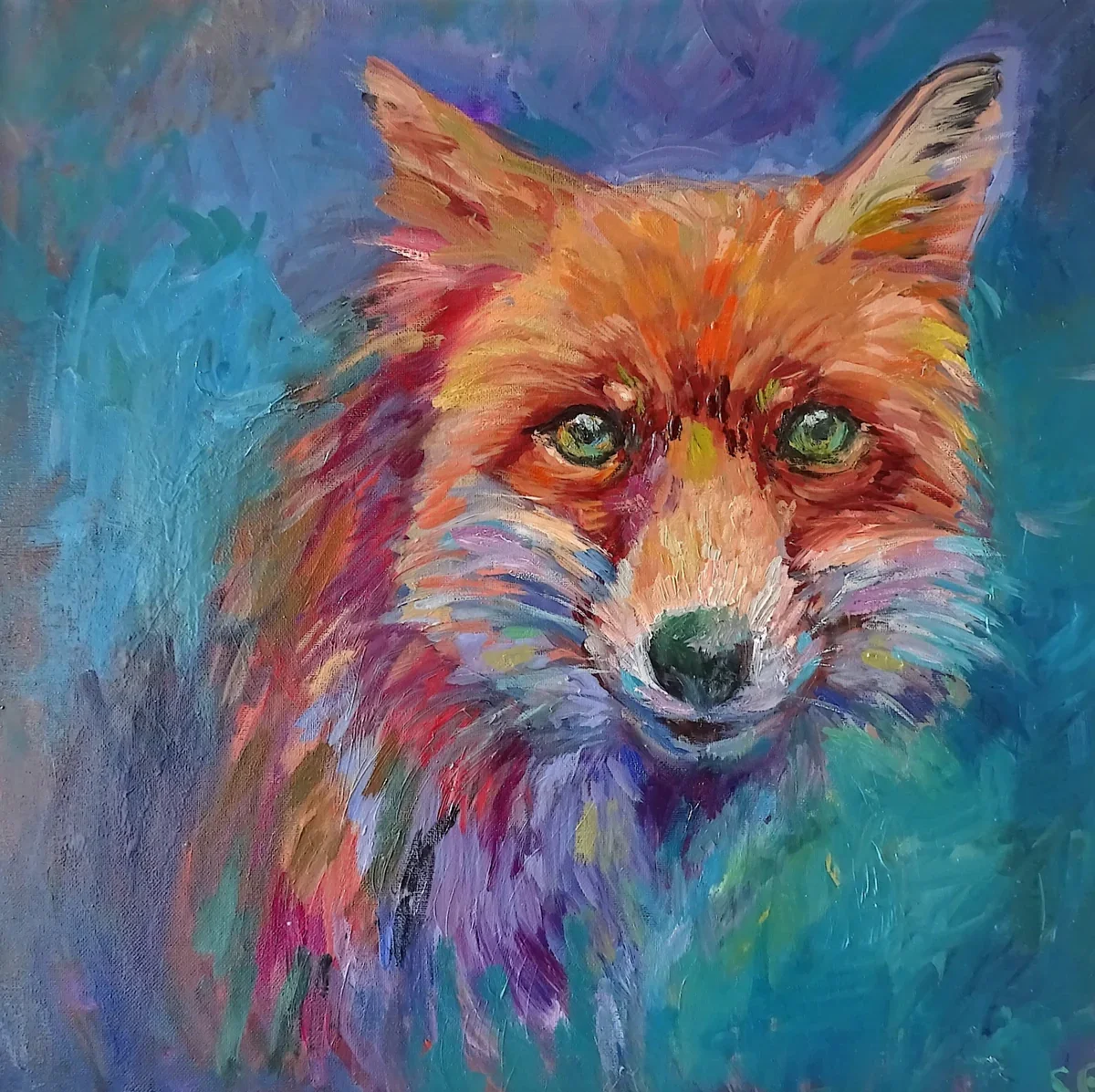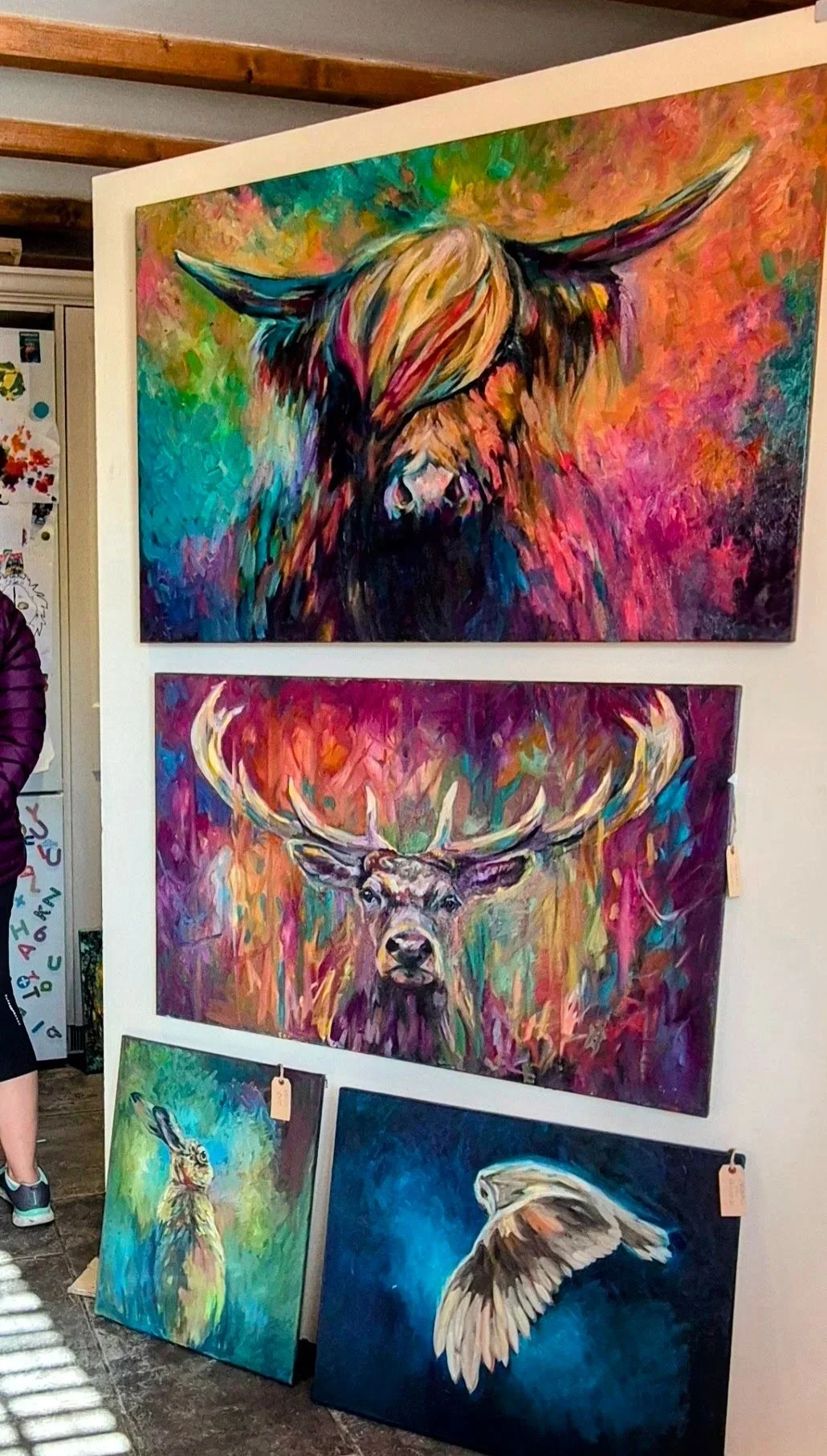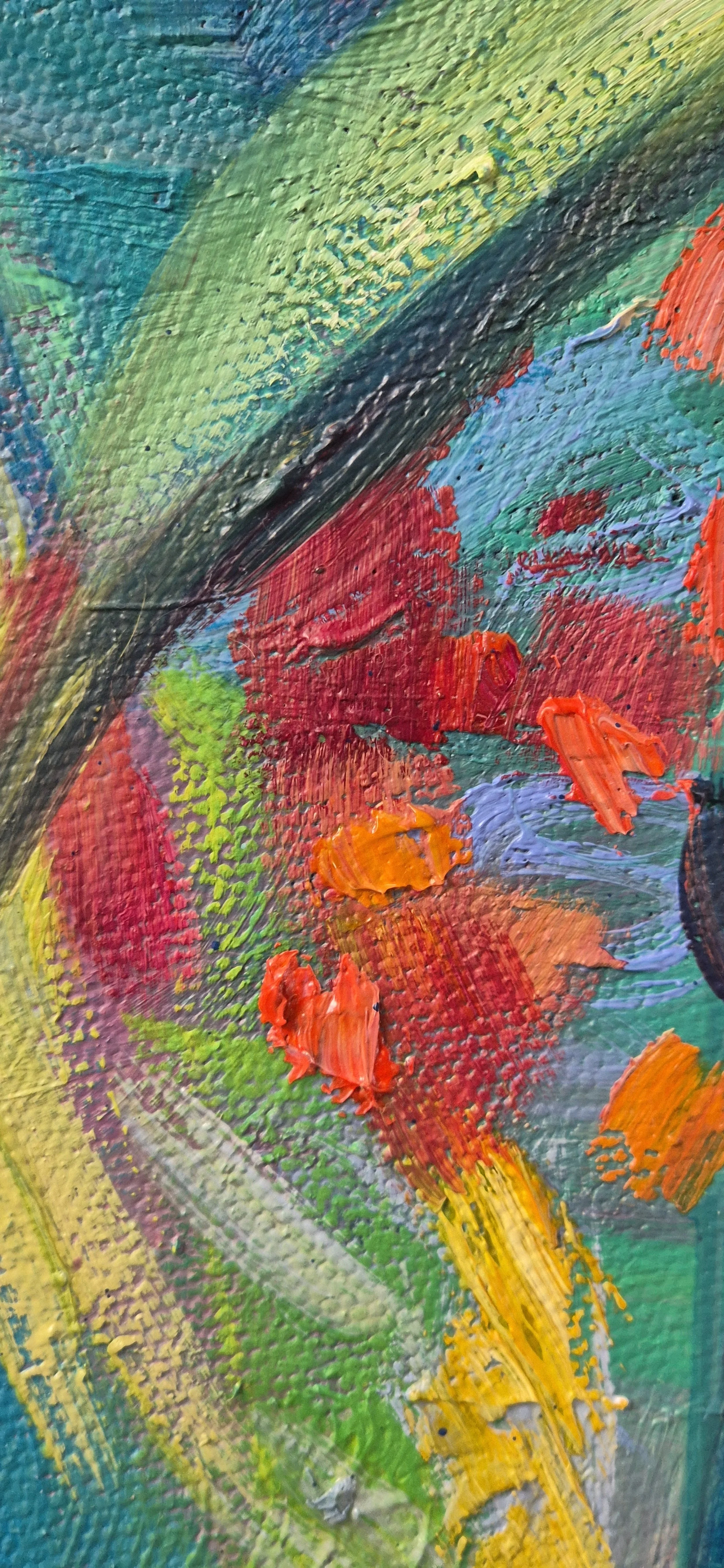
news
The Historical Staunton Hall and Ferrers Centre
A Creative Environment
Working in my new studio space every day, I find myself getting curious about the history of the building and surrounding estate, and how the Ferrers Centre came into being. So I tried to see what I could find out… and there is a lot(!) of history and interesting things to find out about. Below is a brief history. Of course, now that I have begun to read about these things, I’m even more curious than I was before and will delve deeper when I get the chance. One thing is for sure, it’s a privilege to be able to work here and create art surrounded by such a wonderful estate
Staunton Harold Church
The church was built in 1653 by Robert Shirley, in defiance of Cromwell, and in support of the King. Unfortunately, Shirley died in the Tower of London under Cromwell and didn’t get to see the church finished. After the monarchy was restored, the Church was completed by Richard Shepheard in 1665. Its a very interesting little church, and they sometimes give informative tours, which Im hoping to join in one day and find out more.
The Ferrers at Staunton Harold
The link between Staunton Hall and The Ferrers Name is a man called Robert Shirley (don’t call me Shirley) who inherited the family seat in 1646. He was a well-educated 7th baronet and headed for a career in politics. The peerage Baron Chartley of Ferrers was conferred on him so that he could proceed to the Houe of Lords. So he became the first Earl Ferrers
We are now on the 14th Earl Ferrers, although Staunton Harold Hall no longer belongs to that family. In 1954 the 12th Earl Ferrers put the house and land up for auction, and the hall was destined for demolition. Thankfully the hall was rescued and turned into a Cheshire home, later becoming a Sue Ryder Hospice. In 2003, the Blunt family bought the house and began to turn it back into a family home.
The Stable Block
The late 18th-century stable block, used to house the horses of the Staunton Estate, was arranged around a central courtyard. As well as stables, there was a coach house, grain store and quarters for unmarried servants. There was also a forge, which is still in use to this day. The Blunt family acquired the stable block in 1954 when they purchased Home Farm. By this time it had fallen into disrepair. The courtyard was overgrown and the buildings were standing derelict.
It took twenty years, but eventually the old neglected stableyard was transformed!
Ferrers Centre Today
The Blunt family had a wonderful vision of rebuilding and turning the space into a centre where craftspeople could work. It took until the seventies to achieve this dream, and in 1978, the first potter moved in. The centre has grown and thrived over the years and has become a hub for artists and craftspeople to work every day, and to offer their work for sale to the public right from their workspace. In this way, the centre is unique and has over 15 artisans working onsite, a Framers, a well-known Art Gallery, Deli and Tearooms to visit.
The Ferrers Centre for Arts and Crafts. Staunton Harold Hall, Melbourne Rd, Ashby-de-la-Zouch LE65 1RU Website
Staunton Harold Hall
The Hall is a country house built around a quadrangle, set in around 2000 acres. There is a church situated on the South East side., The ornate gateway to the Northeast front of the house is late 17th century, and the hound and the stag (below) were emblems of the coat of arms of the Shirley family. The gatehouse, at the Melbourne Road, entrance to the estate, was built in the 1800s.
The original house incorporated a Jacobean property, and was built around the early 1700s The Hall as it appears today is the result of rebuilding work carried out by the fifth Earl Ferrers beginning in 1763. The stables and walled kitchen garden were also built in the late 1700s. This was also when the two large lakes or pools, Church Pool, and Fish Pool were created, in place of the old formal gardens. The walled kitchen garden of three acres is now the site of the Garden Centre.
The Earls Ferrers
Even the name ‘Ferrers’ is interesting and I’ve seen quite a few local references to it. The name itself dates back to the Norman invasion, where a Man called Henry (de Ferrers) from Ferrieres Saint- Hilaire in Normandy was considered rather helpful to William the Conqueror, so he presented him with a huge amount of land as a result and he became one of the most influential men in the country at that time. Along with many other achievements, he founded Tutbuty Priory in 1080.
His son Robert became the Earl of Derby. Six generations of the de Ferrers Family would hold this title, which was taken away in 1275 after a rebellion. When the family was restored to favour 8 years later they were granted the Manor of Chartley, accompanied by the title Baron Ferrers of Chartley. The peerage continued until falling into abeyance in 1855.
It was Earl Ferrers, In the Study
It seems like he 4th Earl of Ferrers was actually not a very nice man even before he shot his old famildy steward in 1760. He shot him in a drunken rage, and the poor man died of his injuries the following day. Read more about this astonishing tale here. The Earl was the very last Peer to be hanged for murder in this country.
References: https://www.lrgt.org/places/staunton-harold-hall/
https://www.stauntonharoldestate.co.uk/history/
https://www.visitleicester.info/see-and-do/staunton-harold-estate-and-ferrers-centre-for-arts-and-crafts-p806181
In the Art Studio - A Peek at my Workspace
Behind the scenes!
One day last week I arrived at the studio and decided to de-clutter and have a bit of a move-around to maximise the space. I took some photos during the tidying session but forgot to take any before-and-after. Space is always at a premium when you paint quite big canvases! It is creative chaos!
Ill get some more photos this week
New studio -almost fully moved in!
And I have now loaded and unloaded my van with more big canvases than I care to remember! The old place had two rooms and a flight of slippy stairs to navigate also, so I dearly hope this is the last move for ages and ages. This is an extrmely comfortable place in which to work and I love it already.
A new hare painting and a dog with a wonky tail!
One of our girls suddenly had a problem with her tail on Thursday night, and I sat up with her as she was panting and worrying about her tail and we didn’t know what was wrong. She wouldn’t let us examine her tail. She finally fell asleep but then was still having problems in the morning. We rang the vet but they were having an emergency and couldn’t get her in until the evening. So we spent the day babying her a bit and trying not to look worried. (Dogs pick up on a worried face immediately and seem to get worse). She performed at the vets as she is a bit scared around unfamiliar humans, so she was leaping around all over the place and scraping at my clothes, ripping them down! Anyway, the verdict was ‘Swimmers Tail’ a muscular problem caused by playing hard with her sister. She has a strip of anti-inflammatory tablets and is to take one twice daily for 5 days.
This morning (Sunday) she is back to her old, naughty, thieving self :)
During all this ‘excitement’ I have been painting this new hare in a magical garden. He has helped me stay sane! One more short session will see him finished and then I will post him on to my Art for Sale page. The canvas is 60cm x 76 cm and will be presented ready to hang, with gallery-wrapped sides.
Beginning work on a new painting commission - Highland Cow in bright rainbow colours
Each Highland Cow portrait is a one-of-a-kind, unique oil painting. This little video shows the beginning stage of a new painting, which has been commissioned recently. Im going to film the whole process on this one and give the client the video along with the piece.























